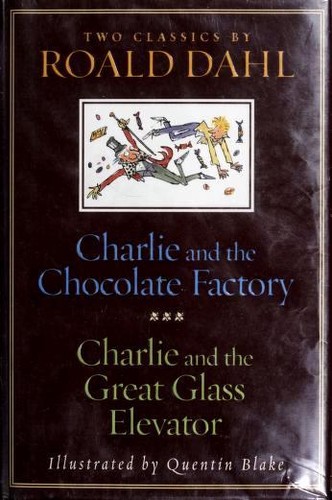
Dirty Beasts
Book Description
Monstrous creatures are lurking just beneath the surface, and their tales are as surprising as they are delightful. In "Dirty Beasts," Roald Dahl conjures a world where animals are not merely beasts but devious characters with wild antics and clever tricks. Each story unravels the unexpected consequences of their mischievous behavior, revealing a playful yet dark twist to nature's creatures. With whimsical illustrations and sharp wit, these fabular escapades challenge the line between innocence and wickedness. Who will triumph in this battle of wits, and what secrets will be unveiled in the wild?
Quick Book Summary
"Dirty Beasts" by Roald Dahl is a collection of cheeky and imaginative poems featuring animals as cunning tricksters with a penchant for mischief. Infused with dark humor and unexpected twists, each tale reveals a beast with a unique quirk or motivation, upending the usual relationships between humans and animals. Dahl’s rhymes, paired with Quentin Blake’s whimsical illustrations, playfully blur the lines between predator and prey, innocence and cunning, inviting readers to question the true nature of those we call ‘dirty beasts.’ With clever turns of events and subversive storylines, the collection delights in exploring logic-defying outcomes and the surprising intelligence of its animal stars. Suited for children and adults alike, the book celebrates imagination, wit, and the joy of the unexpected.
Summary of Key Ideas
Table of Contents
Animals as Master Tricksters
Roald Dahl’s "Dirty Beasts" introduces readers to an array of animals, each portrayed as having startling intelligence or devious motives. With tales ranging from a cunning pig who outsmarts farmers to a crocodile with hidden agendas, the poems break the usual depictions of animals in children’s literature. The beasts are anything but passive; they engage in acts that are as wickedly delightful as they are ingenious, often turning traditional predator-prey relationships upside-down.
Surreal Humor and Unexpected Endings
The humor in "Dirty Beasts" is both surreal and subversive, crafted through Dahl’s sharp rhymes and playful language. Every poem carries an element of surprise—the expected outcome is almost always reversed. Whether a boy becomes acquainted with a shape-shifting pig, or a lion tries to eat a child and fails, Dahl makes sure that laughter and shock go hand in hand. This unique blend of wit and logic-twisting resolution keeps readers guessing and entertained at every turn.
Subverting Human Expectations
Dahl uses these animal escapades to challenge human superiority and assumptions, casting the beasts as the true masterminds of the tales. The humans often find themselves outwitted or worse, becoming the butt of the joke. This recurring theme playfully questions who is truly in charge of the natural order, giving voice and agency to the animals in a manner that is both irreverent and thought-provoking.
Dark and Playful Morality Tales
Underlying these stories is a dark strand of morality. The poems contain subtle messages about greed, pride, and other human follies, often ending with poetic justice meted out by the animals. Rather than depicting clear-cut lessons, Dahl luxuriates in ambiguity, encouraging readers to enjoy the mischief while pondering the blurred boundaries between right and wrong. The world he creates is one in which the cleverest often come out ahead, regardless of their species.
The Bond Between Storytelling and Illustration
No summary of "Dirty Beasts" would be complete without mention of Quentin Blake’s lively illustrations, which dance across the pages and bring Dahl’s words to life. The partnership between text and image amplifies the book’s mischievous energy, making the stories accessible and visually memorable. Whether read aloud or enjoyed quietly, "Dirty Beasts" stands as a celebration of storytelling where imagination reigns, and the unexpected triumphs above all.
Download This Summary
Get a free PDF of this summary instantly — no email required.





